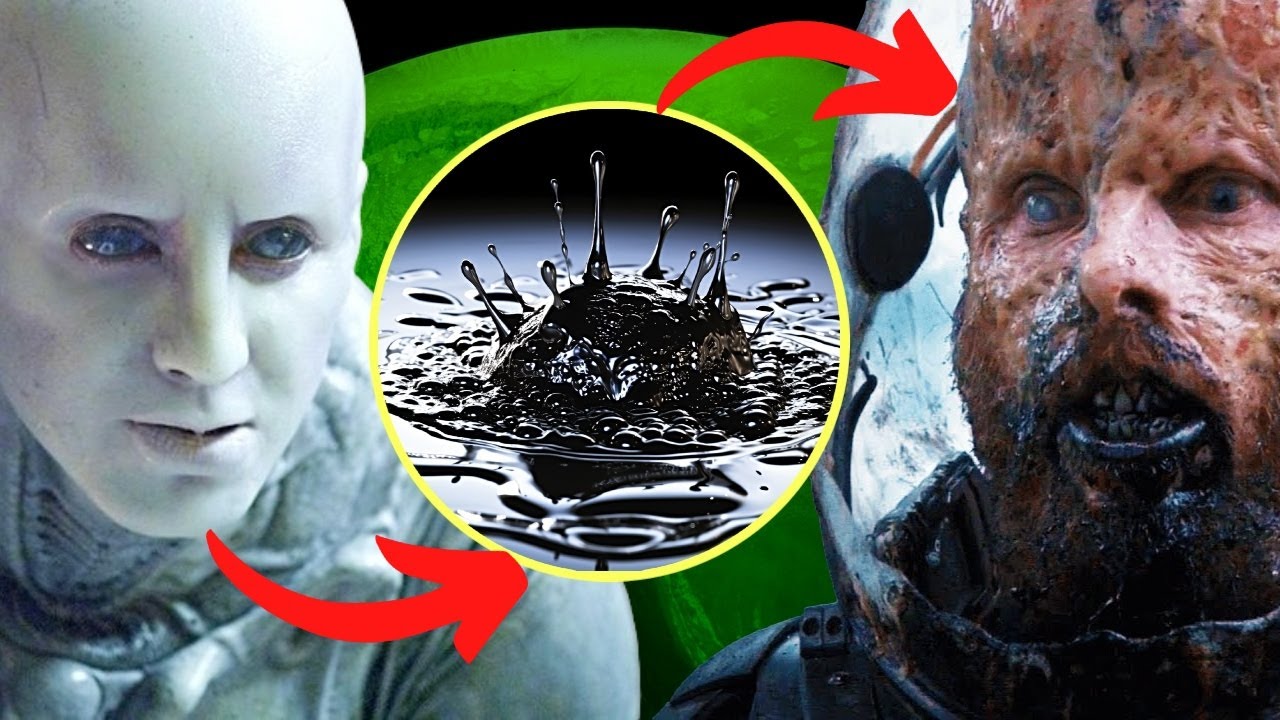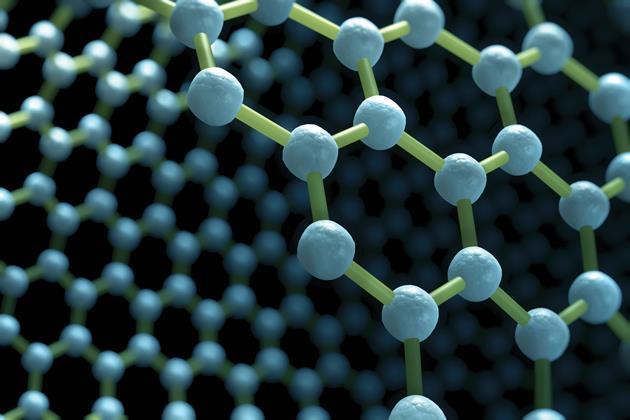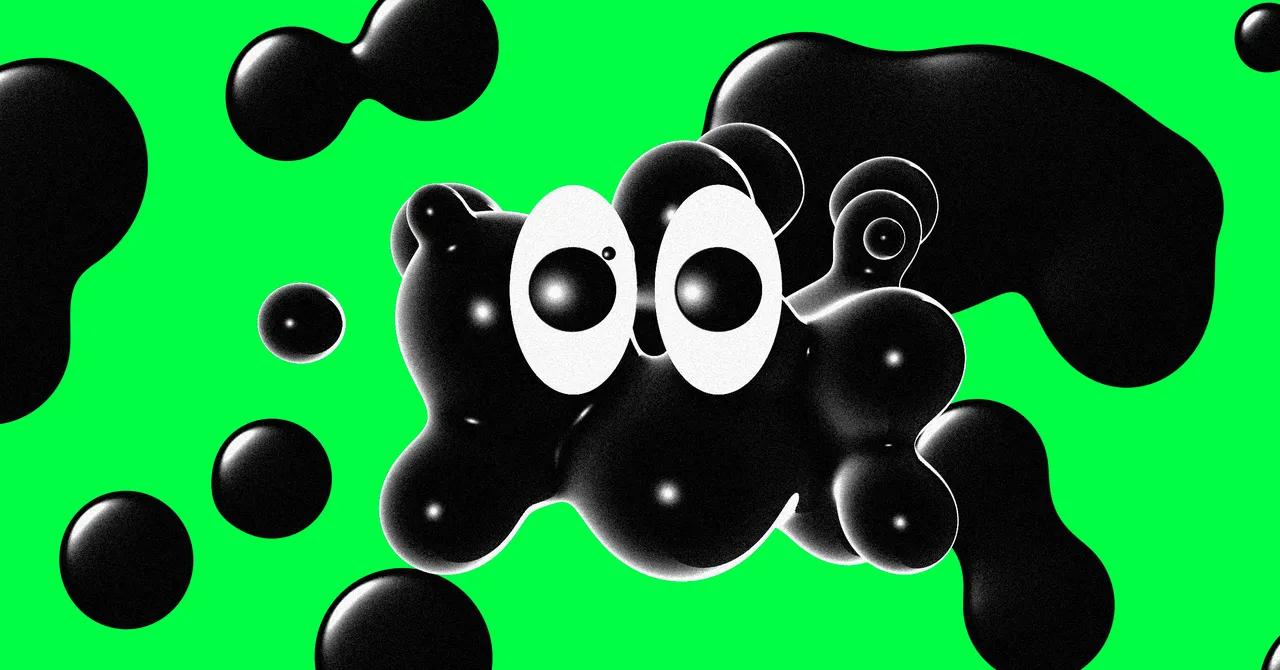The Dark Secret of Black Goo: Could This Mysterious Substance be Humanity's Biggest Nightmare?
About a decade ago graphene was the talk of the town. Discovered by two University of Manchester researchers this material seemed like something from an alien world. They found it by using sticky tape on graphite (the stuff in pencils) and noticed a layer of carbon atoms. This was graphene the world's first "2D material." It was thin strong and had a bunch of cool properties. People thought it would change the world. We heard about flying cars high-tech elevators to space and even super advanced medicine. Billions of dollars were poured into research. But then it kind of faded away. Sure it's in some gadgets today and some folks even make art with it but where are those space elevators?
The Black Goo Theory: Science Fiction or Hidden Truth?

Imagine walking into a science lab and seeing something that looks like thick black slime. This isn't just any slime; it's graphene oxide a form of graphene. Now graphene is a super-thin material made of carbon atoms and it's known for being incredibly strong and flexible. But when it turns into this black goo it looks like something from another planet! Some people have a wild theory about this. They think that graphene didn't just fade away from the spotlight; instead it changed into this black goo. But here's the twist: this isn't just a theory cooked up in some secret lab. It's a big theme in science fiction stories too. In these stories black goo often appears as a mysterious and dangerous substance with all sorts of strange powers. It's fascinating how a real scientific substance can inspire such imaginative and spooky tales in movies and books.
Black Goo in Sci-Fi: More Than Just a Coincidence
In 2023 black goo popped up in several sci-fi shows like "Severance" and "Westworld." It's not new though. Remember "The X-Files"? There was this black oil that could control people. In "Westworld" robots use black goo to control humans. And in the "Alien" movies it's a scary substance that creates monsters. Each story has a different take but they all agree on one thing: black goo is alien mysterious and bad news.
Real Life and Black Goo: Conspiracy or Reality?
In a twist that seems straight out of a science fiction novel there are those who firmly believe that the black goo is more than just a fictional concept. They argue that it exists in reality and has a mysterious influence over us. This belief is often fueled by certain images and events in popular culture. For instance when Greta Thunberg appeared in The Guardian with a black substance on her face described as oil and paint some conspiracy theorists suggested it was actually black goo. Similarly the use of dark goo-like imagery in music videos by celebrities like Billie Eilish and Lady Gaga adds fuel to these speculations. While most people see these as artistic expressions a few interpret them as subtle hints of a deeper hidden truth. It's a fascinating example of how certain ideas can capture the public's imagination and lead to various interpretations blurring the lines between art symbolism and conspiracy theories.
Theories and Speculations: From Ancient Aliens to Modern Myths
The mysterious origins of the black goo have sparked a myriad of theories and speculations ranging from the fantastical to the bizarre. Some people believe it's the remnants of an alien spacecraft that crashed in the icy lands of Antarctica. Others argue it's an ancient corrupted substance known as "black rain" steeped in history and myth. There are even more outlandish stories like the Nazis harnessing its power during World War II or the Falklands War being secretly fought over this enigmatic material. While these ideas might seem like they belong in a science fiction movie they are taken quite seriously by some. This fascination reflects our deep interest in the unknown and the unexplained. It's a testament to human curiosity and our penchant for creating stories to explain things we don't fully understand.
The Science and Skepticism of Black Goo
When it comes to the black goo theory not everyone is convinced. It's a topic that has sparked a lot of debates and discussions. Harald Kautz-Vella a name often mentioned in these discussions suggests that black goo could be influencing human behavior leading to aggression and control. However it's important to remember that this idea is still just a theory. It hasn't been proven by solid scientific evidence. This theory sits at a curious crossroads where science meets fiction and perhaps a sprinkle of imagination. It's like a puzzle that's missing some pieces. While it's intriguing to think about we should approach it with a healthy dose of skepticism. After all separating fact from fiction is a key part of understanding our world.
Graphene: The Truth Behind the Hype

Graphene a material once hailed as a revolutionary game-changer still exists but hasn't transformed our world as dramatically as anticipated. This ultra-thin super-strong material made from a single layer of carbon atoms was expected to revolutionize everything from electronics to medicine. However the journey of graphene shows that scientific progress often takes unexpected turns. While it hasn't yet fulfilled its initial promise graphene is quietly finding its way into various applications. For instance it's being used in improving battery technology and enhancing the strength of materials. This slow but steady progress is a typical path in science where big breakthroughs often take time to mature and find their place in the world.
The Power of Stories: Science Fiction and Reality
The captivating narrative of graphene and the enigmatic black goo illustrates the incredible power of storytelling especially when it blurs the lines between science fiction and reality. These stories whether they unfold in a scientist's lab or as part of a sci-fi TV series ignite our imagination and curiosity. They often combine real scientific principles with elements of fantasy creating a world where the impossible seems within reach. This blend of fact and fiction not only entertains but also inspires real scientific inquiry. For instance many of today's technological advancements were once mere figments of a writer's imagination showing how stories can influence reality. The fascination with materials like graphene in popular culture often mirrors our own excitement about real scientific breakthroughs demonstrating the symbiotic relationship between science and storytelling.
In the end graphene and the myth of black goo remind us of the thin line between science and fiction. They show how our hopes fears and imaginations can turn scientific discoveries into captivating stories. Whether it's a real threat or just a fascinating tale the saga of graphene and black goo continues to intrigue and inspire.

